基于供需网理念的企业专利资源协同管理研究
摘要随着全球经济一体化格局的主体形成,单纯的竞争性经营战略已经不能满足企业生存发展的需要。在变化迅速而又不可预期的买方市场环境下,需求个性化、多样化、复杂化的消费者向企业提出了更高的要求,企业唯有在竞争中寻求合作,才能在“共赢”的格局下长足发展,多功能开放型企业供需网理论正是顺应这一时代要求而被提出的。同时,科技的不断进步推动了企业产品知识价值的提升,因而体现技术价值核心的专利成为企业生存的命脉。在这种环境下,对于企业专利策略的研究显得尤为重要。因此,对于基于供需网理念的企业专利资源的协同管理的研究有着重要的意义。本文研究基于供需网的企业专利资源协同管理,它是国家自然科学基金项目《推进我国传统...
相关推荐
-
我国基层财政困难的制度成因分析与对策研究VIP免费
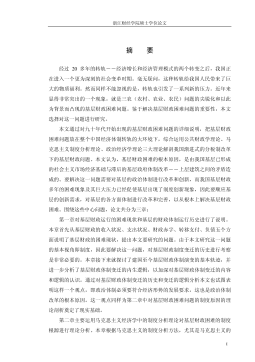
 2024-09-20 33
2024-09-20 33 -
我国煤电产业链纵向交易合约机制研究VIP免费
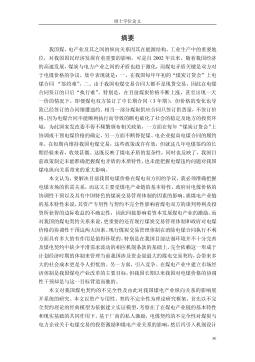
 2024-09-20 28
2024-09-20 28 -
生产要素视角下的上海市产业结构优化研究VIP免费
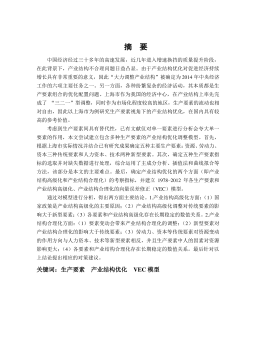
 2025-01-09 7
2025-01-09 7 -
我国银行业结构与经济结构关系研究VIP免费
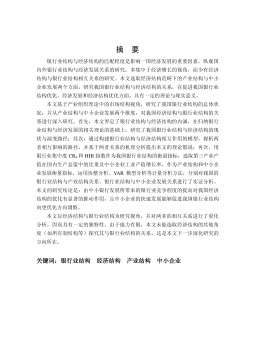
 2025-01-09 7
2025-01-09 7 -
大数据视角下农业供应链金融研究VIP免费
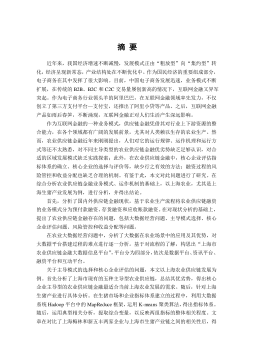
 2025-01-09 6
2025-01-09 6 -
跨国大型综合超市的规划研究VIP免费
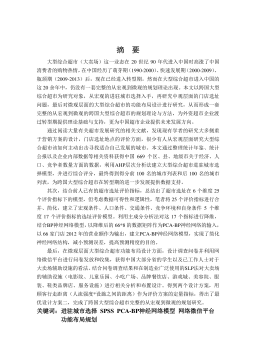
 2025-01-09 6
2025-01-09 6 -
跨境电商农产品质量安全问题研究VIP免费
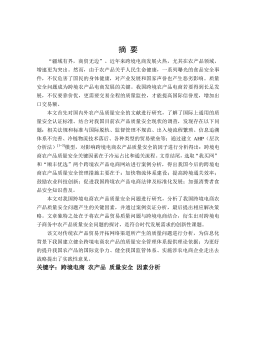
 2025-01-09 7
2025-01-09 7 -
世界市场的虚拟化与我国国际电子商务发展方向研究VIP免费
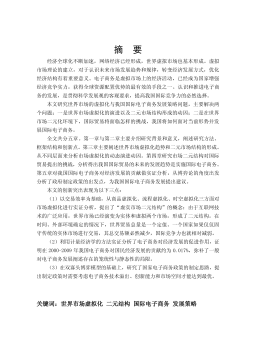
 2025-01-09 9
2025-01-09 9 -
中国政府对电力行业的价格规制问题研究VIP免费
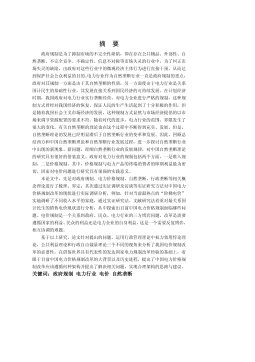
 2025-01-09 14
2025-01-09 14 -
中小企业信息化系统集成技术研究VIP免费

 2025-01-09 14
2025-01-09 14
相关内容
-

跨国大型综合超市的规划研究
分类:高等教育资料
时间:2025-01-09
标签:无
格式:PDF
价格:15 积分
-

跨境电商农产品质量安全问题研究
分类:高等教育资料
时间:2025-01-09
标签:无
格式:PDF
价格:15 积分
-

世界市场的虚拟化与我国国际电子商务发展方向研究
分类:高等教育资料
时间:2025-01-09
标签:无
格式:PDF
价格:15 积分
-

中国政府对电力行业的价格规制问题研究
分类:高等教育资料
时间:2025-01-09
标签:无
格式:PDF
价格:15 积分
-

中小企业信息化系统集成技术研究
分类:高等教育资料
时间:2025-01-09
标签:无
格式:PDF
价格:15 积分





